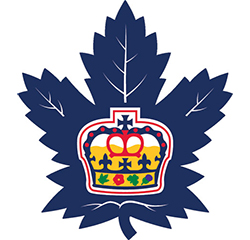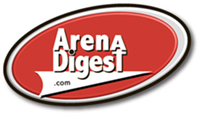 Originally the Toronto Maple Leafs (NHL) launched the Toronto Marlies (AHL) to save money, but soon discovered that by investing in a top farm team, there was an ROI both financially and in player development results.
Originally the Toronto Maple Leafs (NHL) launched the Toronto Marlies (AHL) to save money, but soon discovered that by investing in a top farm team, there was an ROI both financially and in player development results.
Not every NHL team spends a ton of time or money on their AHL teams when it comes to development. Most want to make sure their prospects have good training facilities and good coaching, but they don’t necessarily want to spend money on the daily care and feeding of their prospects, much less the financial health of their affiliates.
With the Toronto Marlies, the Maple Leafs discovered that by investing in the team, there were business and development returns on that investment. On the business side, the Marlies averaged 6,114 per game at the Ricoh Coliseum in the 2016-2017s season, building a loyal fan base apart from the Maple Leafs. On the development side, the Maple Leafs made the playoffs this season, and former Marlies William Nylander and Connor Brown were a big part of that success. Both were high draft choices, and in the past both probably would have been rushed to the NHL instead of having a chance to develop in the AHL.
Now, it’s unusual for an NHL team to run an AHL team in their own market — Winnipeg, Los Angeles and San Jose do so — but it allows the team to keep a close watch on players on and off the ice while better controlling the development experience. From The Star:
“It’s the right thing to do,” Leafs general manager Lou Lamoriello says. “The thing I was most impressed with when I came here to Toronto was that ownership allowed the hockey department to have a minor-league team with the resources to develop players — which means complementing them with veterans — to help them improve, help them to become competitive every year.
“If you want to be a successful organization in the NHL today, you have to develop players.”
Marlies coach Sheldon Keefe says everything he needs it at his disposal, from staff to player development programs.
“There’s a lot of resources here . . . to create a positive environment in which the players can come to the rink knowing they have everything they need, that they will be well taken care of,” Keefe says. “That in itself has players feeling they’re getting better. They’re not feeling down because they’re in the minors . . . they feel they part of something.”
Player development in the AHL is still evolving, but Toronto’s success this year certainly is a model for other teams.

